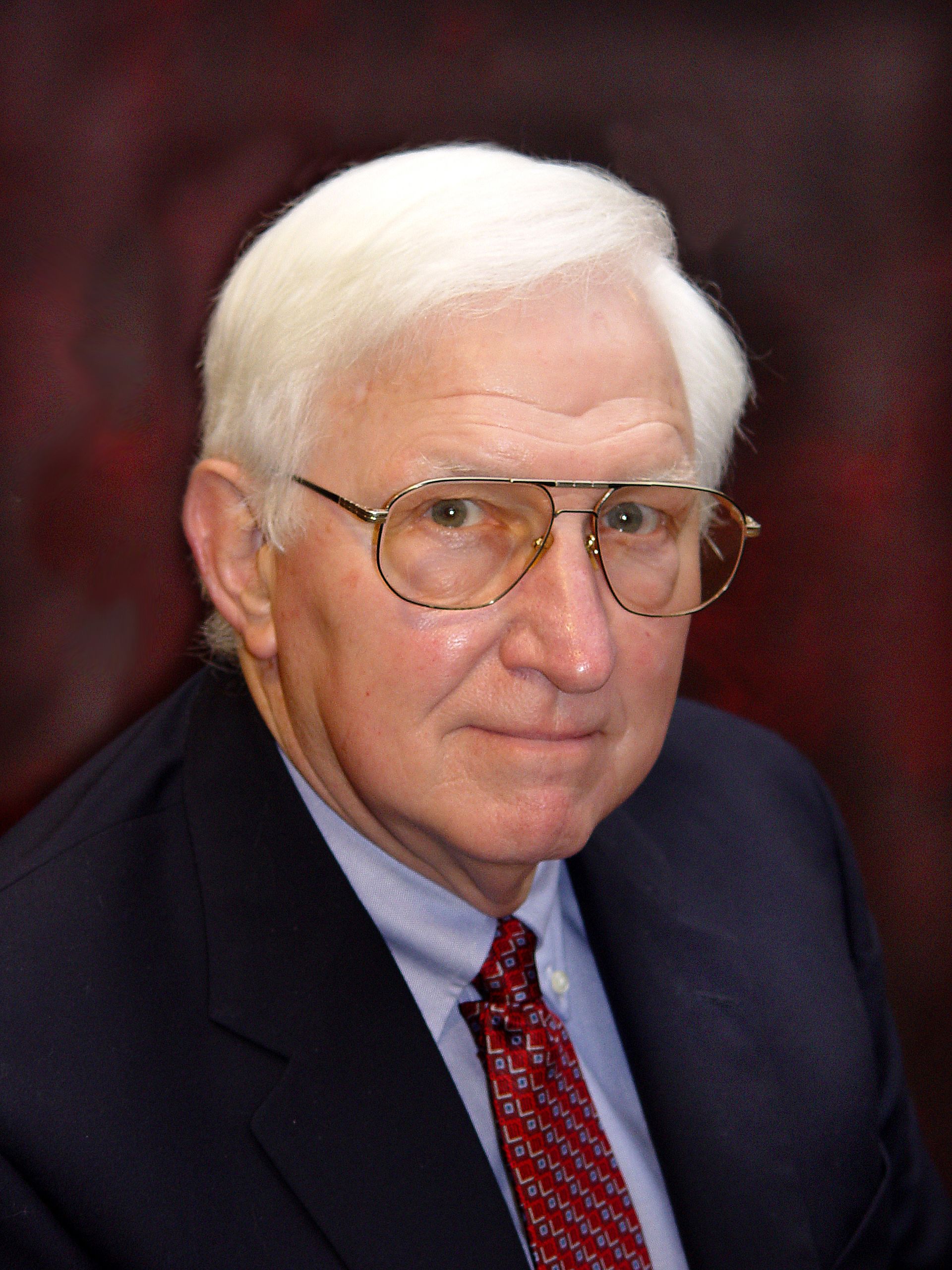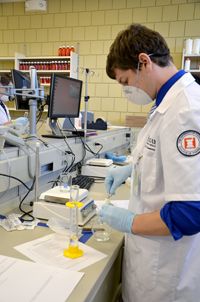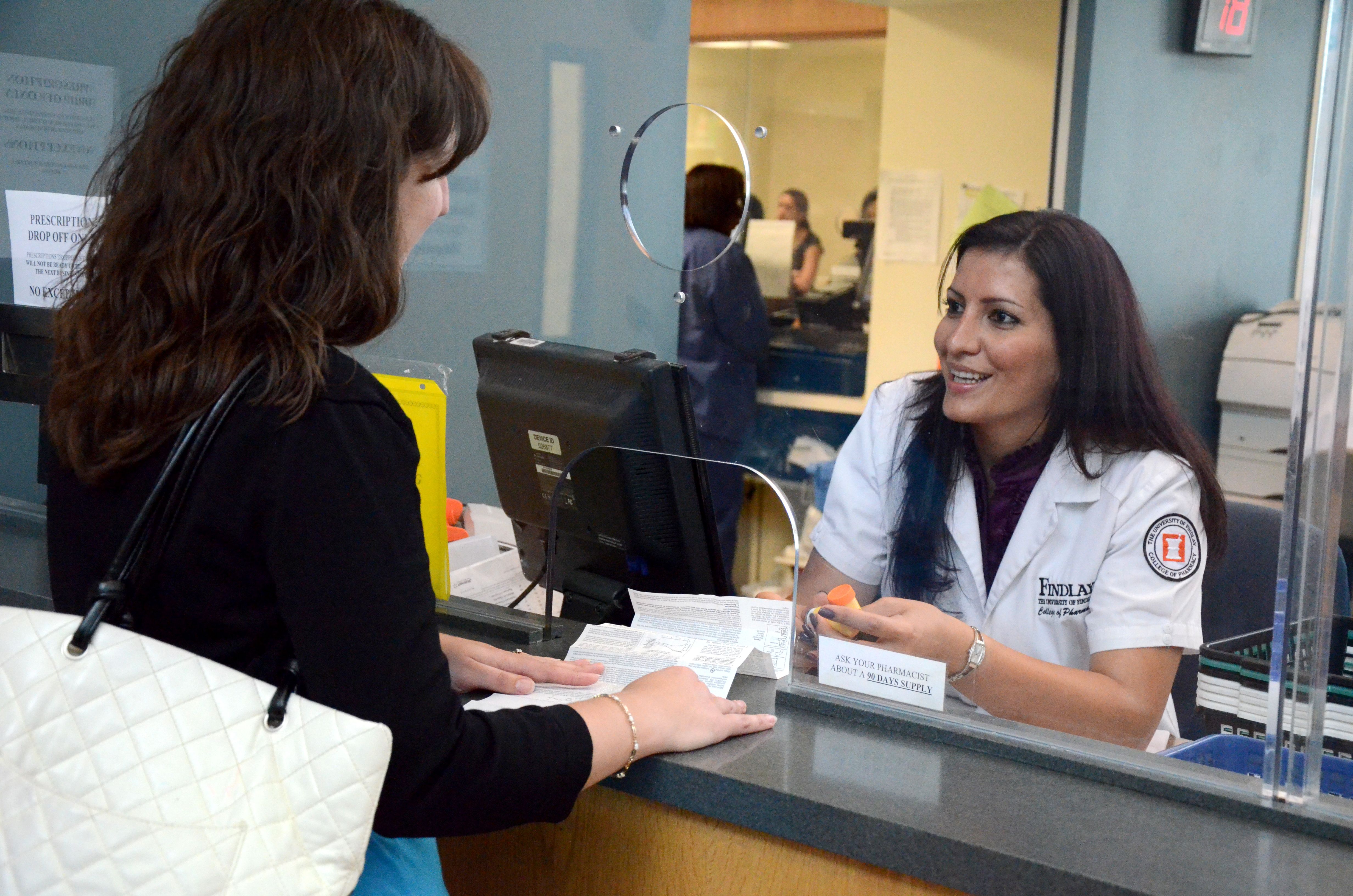Article
University of Findlay College of Pharmacy

Findlay, Ohio
Founded: 2006
Class size: 72 students
The University of Findlay College of Pharmacy is 1 of just 13 pharmacy schools across the country to offer a “0-6” program, through which students enroll directly after high school and graduate with a PharmD in 6 years.
“We have 2 extra years of contact with our students, so we get to know them very well,” Dean Donald Stansloski, RPh, PhD, said in an interview with Pharmacy Times.
During the first 2 years of the program, students receive a general education in basic science and other areas. Then, they transition to the professional level of the program, which focuses on pharmaceutical sciences and clinical practice. In the final year of the program, students gain advanced pharmacy practice experience through rotations in general medicine, community pharmacy, geriatrics, and cardiology while staying engaged in the classroom.
“We strive for active learning in every class session,” Stansloski said. “The mantra is, ‘Every student recites every day.’”
In addition to its 6-year PharmD program, the school offers dual degrees through which students can earn a PharmD along with an MBA or MS in health informatics.
“Our goal is to be sure our students graduate and practice in meaningful ways,” Stansloski said. “We try to live that every day.”


Students of the University of Findlay College of Pharmacy receive hands-on learning experiences.
Q: What is the teaching style or philosophy?
A: Our curriculum is arranged around organ systems, so pharmacology, medicinal chemistry, therapeutics, and pharmacy practice are integrated in the classroom. All of our classes are taught by teams that consist of both scientists and clinicians. We encourage students to work and study in teams, or to “collaborate and graduate.”
Q: What are some community outreach activities or programs the school participates in?
A: Our students provide medication reviews and health screenings at local corporate headquarters and the local Agency on Aging. They also provide career counseling at local schools, participate in immunization clinics on campus, and present information on drug abuse to area groups. Our students are active in programs collecting unused or outdate medications for disposal. Student groups have participated in food drives on campus, Habitat for Humanity in the community, and fundraising events for breast cancer and stroke research.
Q: Can you give some examples of the classes students enjoy the most and explain why they do?
A: Each student will answer differently, I think. Probably, the courses the students think are most valuable are those in the Pharmacology, Pathophysiology, and Therapeutics sequence. These classes stretch across the 2nd and 3rd professional years. Most believe those are the on-campus courses that best reflect the kind of practice they hope to have.
Q: What advice do you have for students who will graduate this year?
A: Choose the first job or residency for the experience. Understand that it will not be the last, but it will help you choose the next one and prepare you for the career you want. Do not back away from something because you think it is beyond you. Aim as high as you can.





